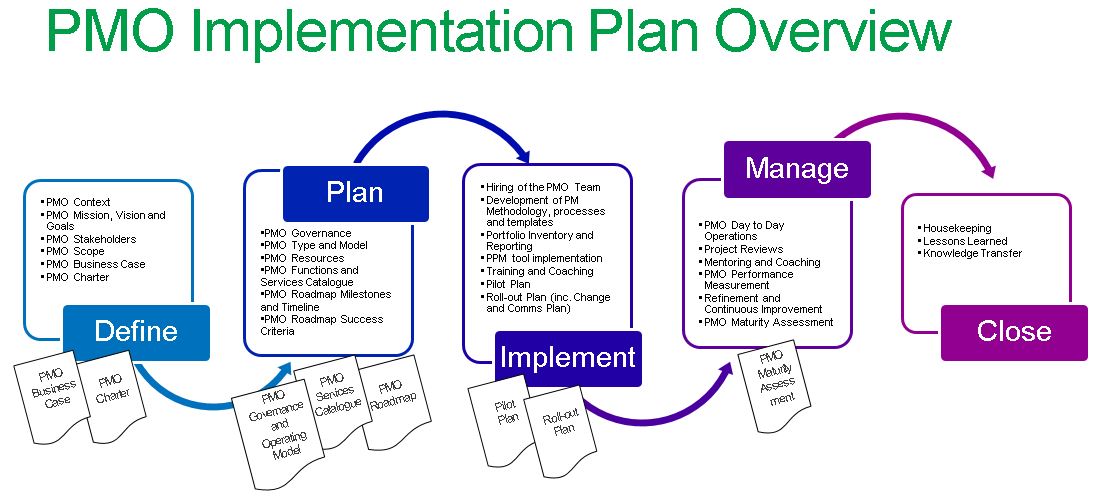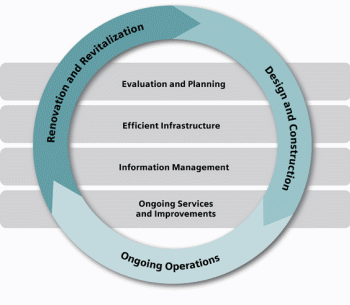Assessment of the Application of Project Management in the United Arab Emirates Construction Industry
Subject: Project Management in UAE Construction Industry. This dissertation aims to critically analyze the application of project management for successful project completion in the construction industry. Literature review covers extensively the development history of project management since the old ages to modern era project management techniques.
The first three objectives are covered during the desk study of reviewing different literature available. Major reasons of project failure in achieving designed project goals are identified and how the market slowdown is affecting the construction industry of United Arab Emirates. The role of project Management becomes essential when complexities such as introduction of new technologies, tasks to perform which are inter dependent, large and distant teams spread across different departments, different projects or sometimes different parts of the World and constraints of time, quality, cost are imposed.
Modern project management tools and techniques are discussed in detail and use of new technology to improve the performance of project management hence construction industry is highlighted. These findings of literature review are used further in research methodology to develop an online survey questionnaire (quantitative) to evaluate the aims and objectives set for the research, e.g. the level of awareness of PM tools and techniques and to investigate if the current industry demands are met by project management and to discuss any potential improvements/features that can lead the construction industry to achieve better results in project success.
Conclusions are drawn from the analysis of data received based on online questionnaire from professionals in the industry and the aim of dissertation is achieved by meeting all the objectives set for this dissertation. In the end, recommendations are made that can lead the construction industry to achieve better results in project success.
Dissertation Objectives
- To critically analyze the available literature on project management development history; addressing the demand of the construction industry, and how it has been assisting the industry in managing projects of extensive nature
- To identify the major reasons of project failure in UAE construction industry in achieving the designed project goals
- To identify how the market slowdown is affecting UAE construction industry
- To investigate the level of awareness of new project management tools and techniques
- To investigate if the current industry demands are being met by Project management techniques, and to identify any potential improvements/features that can lead the construction industry to achieve better results in project success

Dissertation Contents
1: Introduction
Rationale
Aim
Objectives
Research Methodology
Dissertation Structure
2: Literature Review
Project Management
Project Management History
Concept of Modern Project Management
Project Management Process Groups
Initiation
Planning
Executing
Monitoring and Controlling
Closing
Major Causes of Project Failure
Facts about Projects Failure
Causes of Projects Failure
Project Management Associations, Standards and Applications
Need for Project Management in Construction
Why Project Management
Benefits of Project Management
UAE Construction industry and Market Slowdown
UAE Construction Set Back
UAE Construction SWOT Analysis
Competitive Environment during Recession in UAE
Development of Project Management Tools and Techniques
Project Management Software
Over View of Prevalent Software Products
Evolution / Merging of Primavera with Oracle
3: Research Methodology
Objectives of Research Data anthology
Research Approaches
Quantitative Methods (Deductive Approach)
Qualitative Methods (Inductive Approach)
Mixed Methods
Research Strategy
Questionnaire Design
Questionnaire Sampling
4: Survey Data Analysis and Results
General Introduction Questions
Project Management General Understanding
Performance of Construction Industry in UAE
Modern PM and UAE Construction Industry
Further Improvements
5: Conclusions and Recommendations
Conclusions of the Objectives
AIM of Dissertation
Recommendations
Limitations of the Research
References
Appendix
Questionnaires
Other Relevant Blog Posts
Construction Management Dissertation Topics
Sustainable Construction in Abu Dhabi
View This Dissertation Here: Project Management UAE Construction Industry Dissertation
If you enjoyed reading this post on the application of project Management in the UAE construction industry. I would be very grateful if you could help spread this knowledge by emailing this post to a friend, or sharing it on Twitter or Facebook. Thank you.




